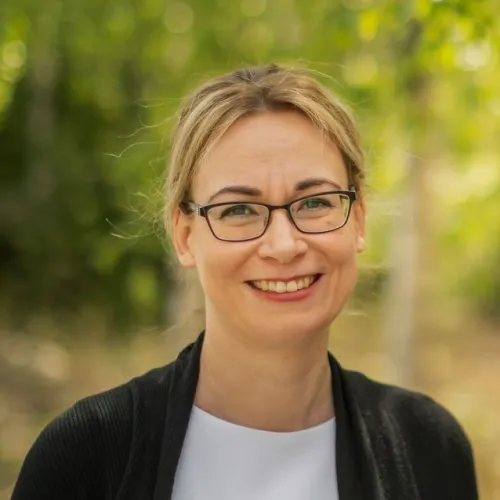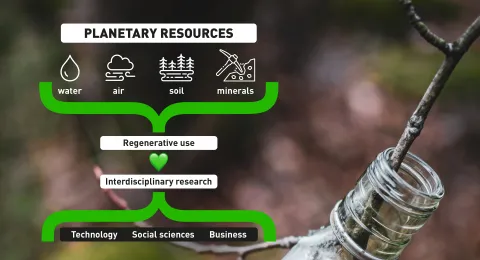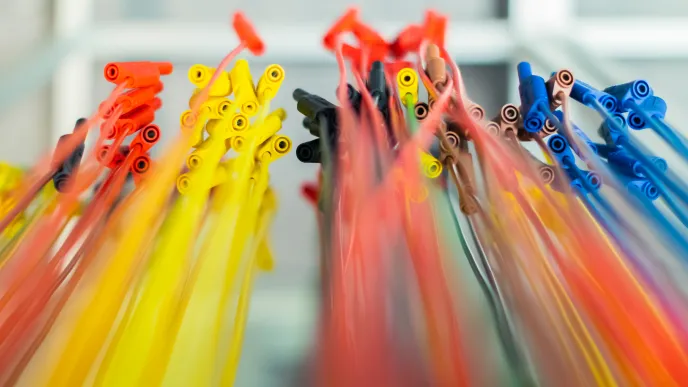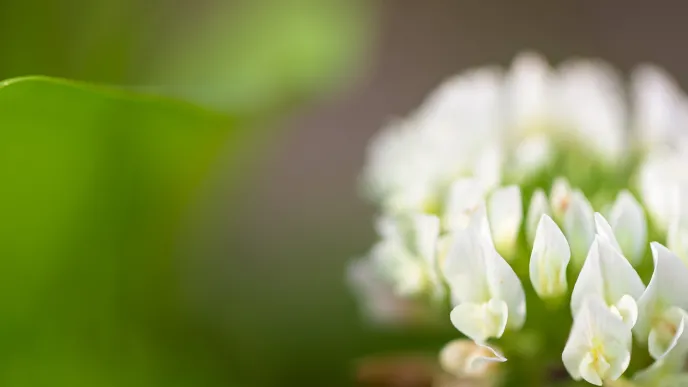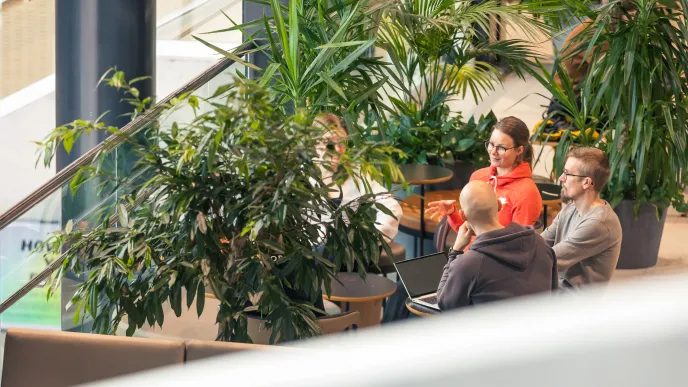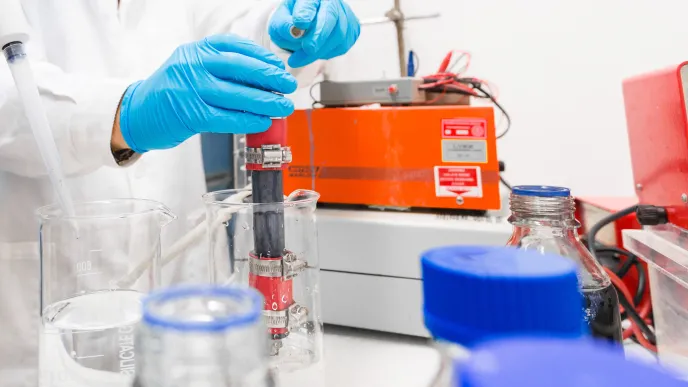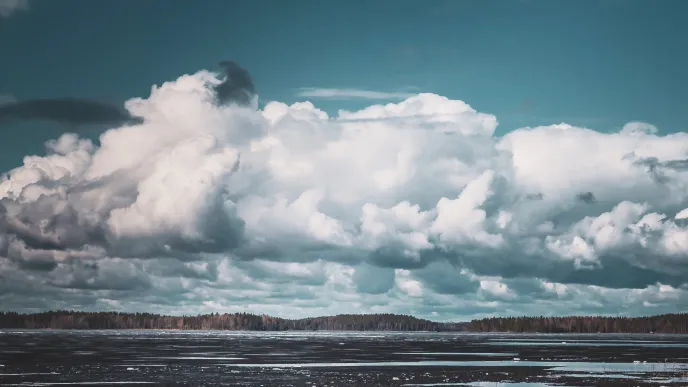Planetary resources – the natural resources that humans need to survive – are limited. That is why their regenerative use is a prerequisite for human life, even though this fact is rarely thought about.
“Once we have extracted natural resources from our environment, they should be used efficiently, sensibly and for a long time. When they reach the end of their service life, the materials should be recycled and reused. Natural resources are often discussed in terms of environmental protection, but it's really about human survival – and the survival of future generations,” says Mika Horttanainen, professor of sustainability science and head of the department.
Recycling, the circular economy and saving resources are already commonplace in many industries. This has been encouraged by economy, as it saves production costs. However, there is no similar incentive to extend the service life. Relatively little research has been done on the topic, and no real progress has been made.
“In fact, there’s been setbacks in this, because the consumer culture has become more intense. The actual service life of many products and equipment has been shortened,” says Horttanainen.
Extending the service life is a rising research topic
However, a change is in sight. At the moment, research is being carried out on extending the service life of valuable equipment and machinery and their utilisation at the end of their service life.
“Such devices require large investments, which is also a clear motivator for extending their service life as long as possible. Maintenance and predictive maintenance have evolved, and people have started to think about whether it would be possible to keep some parts of the device after it has been used or to modernize the device itself.”
Horttanainen says that at LUT, extending the service life and reusing equipment is being studied in terms of cranes, industrial processes and car batteries, among other things. When a car battery is no longer suitable for use while driving, it could be converted into a building- or block-specific energy storage or into a backup electricity system to secure the supply of electricity to a critical function of society, such as a hospital.
What are planetary resources?
- Planetary resources include water, air, soil and minerals.
- Water, air and soil are vital for human survival.
- Minerals sustain our current lifestyle and enable the green transition.
- LUT studies the regenerative use of natural resources in all its research fields: technology, business and social sciences.
- Planetary resources is one of the focus areas in LUT University's strategy.
Regenerative use of natural resources requires interdisciplinarity
At LUT, research on planetary resources and their regenerative use cuts across every discipline. An interdisciplinary approach is necessary, because current problems cannot be solved by technology alone.
“Engineers must build expertise and solutions for this, but we also need an understanding of economics on how the economy works and social sciences to shed light on how society and also individuals operate. LUT has proven excellence in all three disciplines,” says Provost Mari Kallioinen-Mänttäri.
The sustainable use of planetary resources requires conserving them, but when it comes to basic human needs, saving has its limits. The circular economy is a significant part of a sustainable future, but new production is also needed.
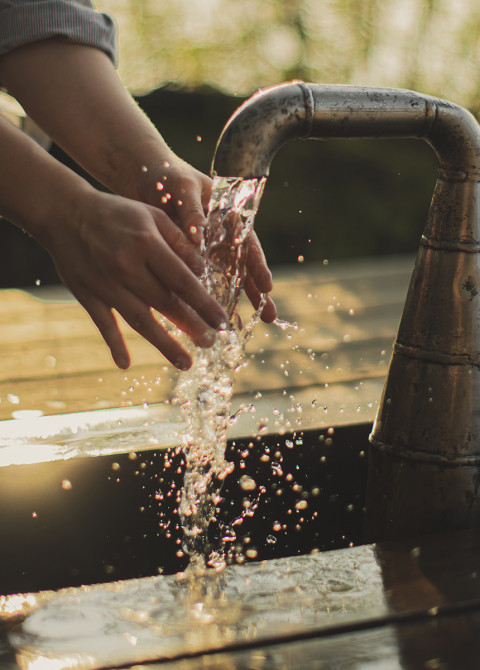
Primary production cannot be completely abandoned
Production based on virgin raw materials cannot be completely abandoned. In food production, this is self-evident, but it also applies to the electrifying society. The green transition requires new infrastructure and technology to succeed.
“The need for rare earth metals and battery metals, such as lithium, cobalt and nickel, for example, will increase significantly with the green transition. That is why we need not only the recycling of metals and minerals, but also primary production,” says Sami Virolainen, Head of the Department of Separation Technology at LUT.
Virolainen refers to the mining industry, which enables the use of metals and minerals that are vital for the green transition.
There are many conflicting views on mining. However, the industry is evolving in a more sustainable direction, both environmentally and socially. Currently, the goal is to minimise the harm caused by mining.
"Zero harm would be the best option, but it is not possible. The consensus is that sustainable mining is needed also in Finland. It is an economically potential industry for Finland, as we have a high level of expertise in the field and thoroughly mapped natural resources."
Developing sustainable systems requires time, money and, above all, expertise
Whether it’s food, water, air, or minerals, the primary challenge isn’t a lack of knowledge or technology when it comes to regenerative utilisation. The challenge is far greater than this: transforming the entire system in an economically sustainable way.
Virolainen says that significant achievements have been made in recent years in the recycling of metals and minerals, as well as in refining and separation technologies. LUT has also been involved in projects promoting them. However, setting up complete production chains is slow and expensive.
“The time-bound targets appear quite optimistic. It will take a long time to implement such a large-scale technological revolution in society.”
LUT's expertise produces the knowledge and solutions required for the development of sustainable systems on both national and global scale.
Mari Kallioinen-Mänttäri agrees. As an example, she mentions wastewater treatment, where relatively traditional and old systems are still in use.
“Technologically, it would be possible to treat wastewater in a completely different way, which would allow significantly more value-added fractions, such as various nutrients, to be recovered from it. However, the change would require investments. Since there is no mandatory regulation, new technologies have been introduced slowly.”
Meanwhile, the use of planetary resources has already reached its limits.

More information:
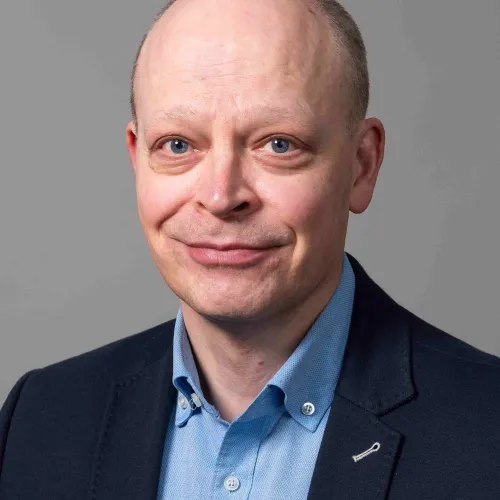
Mika Horttanainen
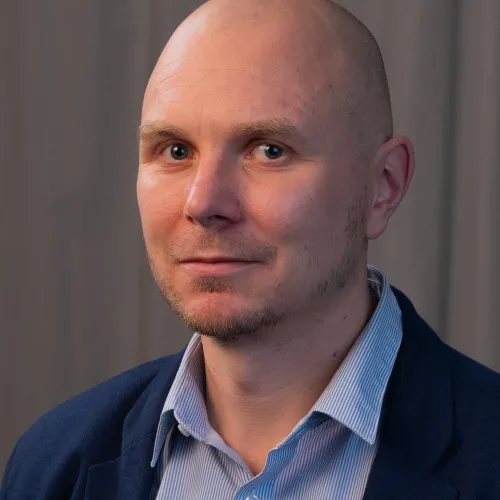
Sami Virolainen
